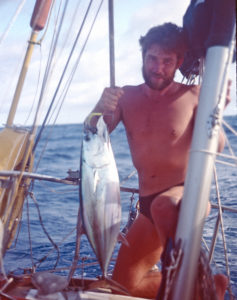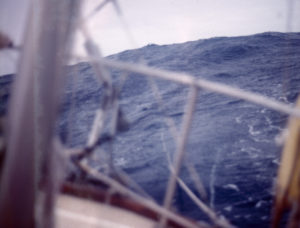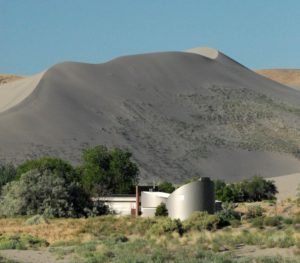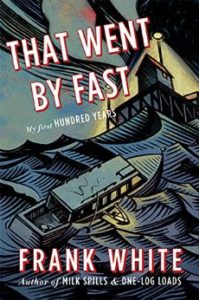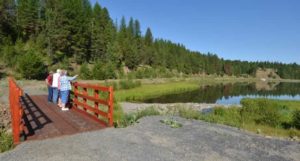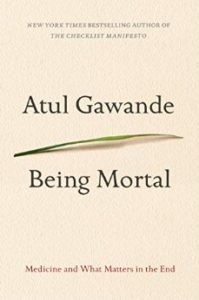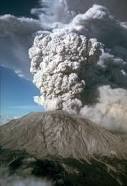Rebecca Makkai has nailed the personality of a precocious 10 year-old boy in The Borrower, and I have no doubt that she’s captured the essence of a children’s-book librarian, too.
Lucy Hull, a Hannibal, Missouri children’s-section librarian is the center of Ian Drake’s world. She holds the key to his happiness, since it appears he’s only happy when he’s reading. But they hit a snag when Ian’s mother insists he should not read anything except books that contain “the breath of God.” When Lucy tactfully suggests it is not the librarian’s job to censor books, she realizes she must be careful not to create a situation where Ian would be forbidden to come to the library.
Lucy and Ian find creative ways to smuggle prohibited books past his overbearing mother. Lucy is concerned about Ian’s increasingly disturbing life, not only the censorship of his reading material, but also that his parents have enrolled their son in religious anti-gay classes.
One early morning before it officially opens, Lucy finds that Ian has run away from home and is hidden in the library. He insists she take him on a road trip. She knows his home life is endangering his mental health, but can she take a boy away from his own parents? It seems he is giving her no choice.
This book is more than a fun read, it’s a story that weaves social activism, literary culture, together with a somewhat wild road trip. It’s a coming-of-age book for all ages. Makkai’s comical writing offers sojourns into the character’s Russian ancestry, as well as the mind set of a young woman determined to make her own way. She openly discusses the dangers of interfering with a child’s sexual orientation, but she does so with honesty and enlightenment, and always with humor.
The Borrower is Rebecca Makkai’s first novel and it is a gem. To learn more about the author, visit http://rebeccamakkai.com/



